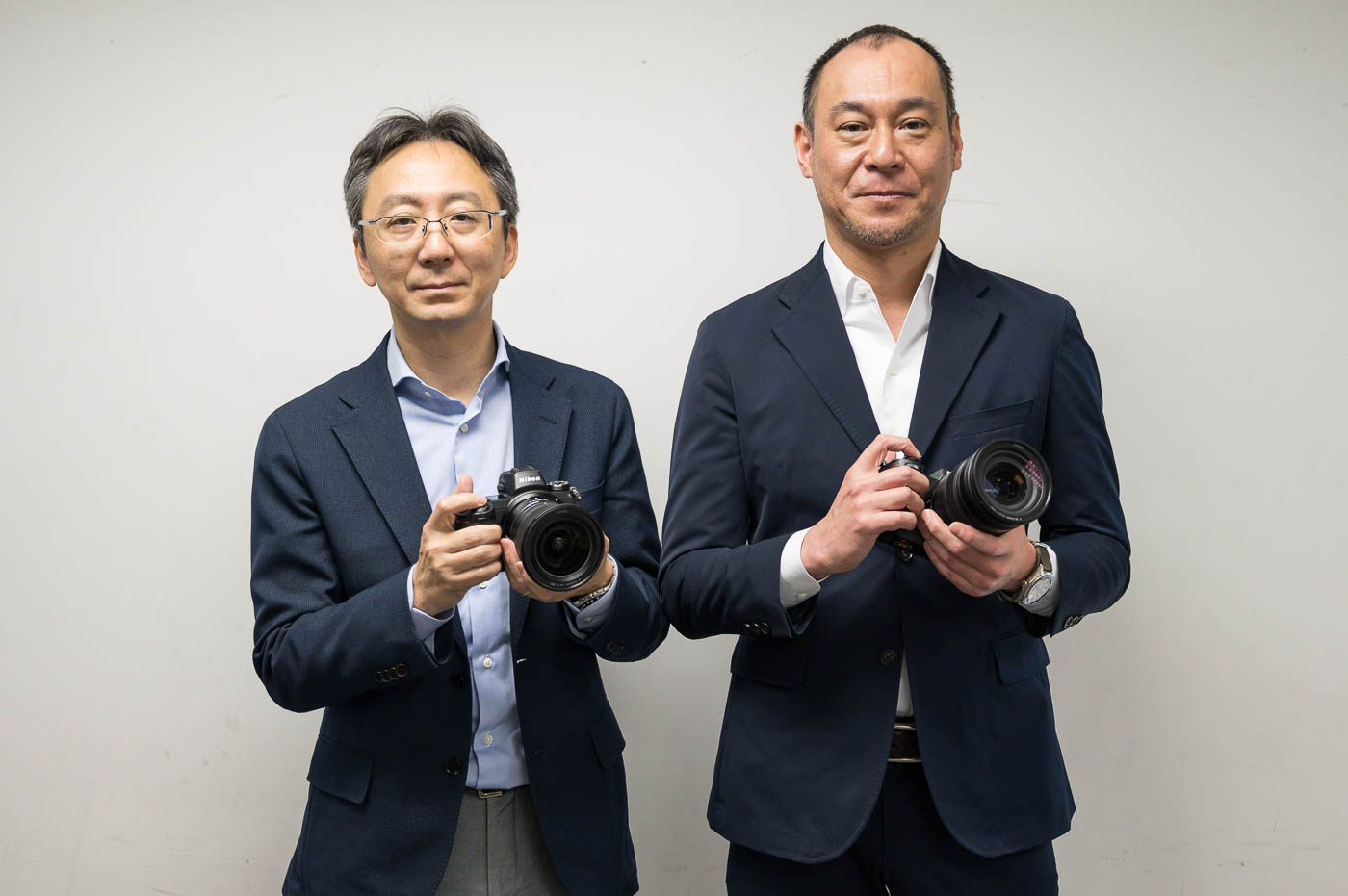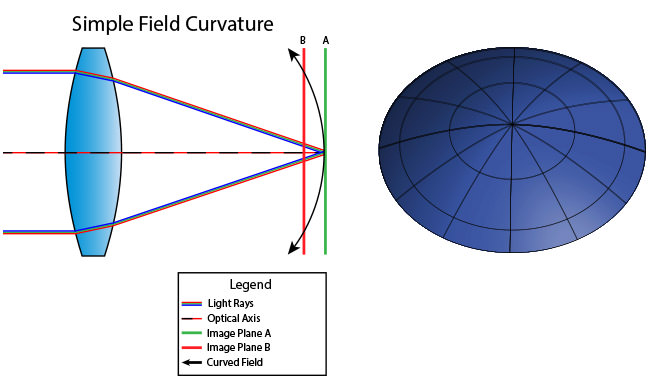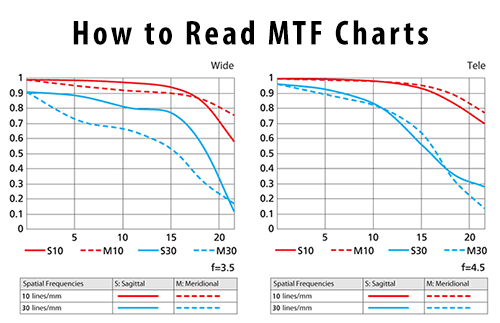sid_19911991
Well-known member
I recently asked the folks running Greys of Westminster YouTube channel via live chat about why the Z lenses are significantly sharper than f mount glass.
They implied that the larger Z mount with the 16 mm flange distance as opposed to the 46 mm flange distance on the f mount is a big reason for it. Also, that Nikon can construct & design similar focal length lenses better to get more sharpness.
I want to know if all things being identical or very similar, will the 500pf be sharper on say a Z7 compared with its performance on the D850?
I know Z7 has the advantage of auto lens calibration & IBIS...
Also, does flange distance make an impact?
What do you think folks?
They implied that the larger Z mount with the 16 mm flange distance as opposed to the 46 mm flange distance on the f mount is a big reason for it. Also, that Nikon can construct & design similar focal length lenses better to get more sharpness.
I want to know if all things being identical or very similar, will the 500pf be sharper on say a Z7 compared with its performance on the D850?
I know Z7 has the advantage of auto lens calibration & IBIS...
Also, does flange distance make an impact?
What do you think folks?






